Year 2
The proficiency strands understanding, fluency, problem-solving and reasoning are an integral part of mathematics content across the three content strands: number and algebra, measurement and geometry, and statistics and probability. The proficiencies reinforce the significance of working mathematically within the content and describe how the content is explored or developed. They provide the language to build in the developmental aspects of the learning of mathematics. The achievement standards reflect the content and encompass the proficiencies.
At this year level:
- understanding includes connecting number calculations with counting sequences, partitioning and combining numbers flexibly and identifying and describing the relationship between addition and subtraction and between multiplication and division
- fluency includes readily counting numbers in sequences, using informal units iteratively to compare measurements, using the language of chance to describe outcomes of familiar chance events and describing and comparing time durations
- problem-solving includes formulating problems from authentic situations, making models and using number sentences that represent problem situations, and matching transformations with their original shape
- reasoning includes using known facts to derive strategies for unfamiliar calculations, comparing and contrasting related models of operations and creating and interpreting simple representations of data.
(source: www.australiancurriculum.edu.au)
Achievement Standard
By the end of Year 2, students recognise increasing and decreasing number sequences involving 2s, 3s and 5s. They represent multiplication and division by grouping into sets. They associate collections of Australian coins with their value. Students identify the missing element in a number sequence. Students recognise the features of three-dimensional objects. They interpret simple maps of familiar locations. They explain the effects of one-step transformations. Students make sense of collected information.
Students count to and from 1000. They perform simple addition and subtraction calculations using a range of strategies. They divide collections and shapes into halves, quarters and eighths. Students order shapes and objects using informal units. They tell time to the quarter-hour and use a calendar to identify the date and the months included in seasons. They draw two-dimensional shapes. They describe outcomes for everyday events. Students collect, organise and represent data to make simple inferences.
(source: www.australiancurriculum.edu.au)
- Plus Plan
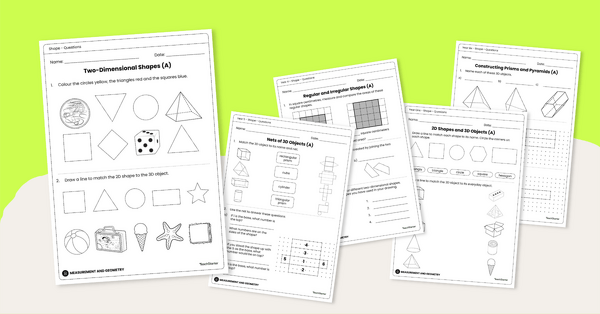
Shape Worksheet Sets (Foundation to Grade 6 Level)
Use these levelled worksheets sets with your primary school students to explore 2D shapes and 3D objects!
- Plus Plan
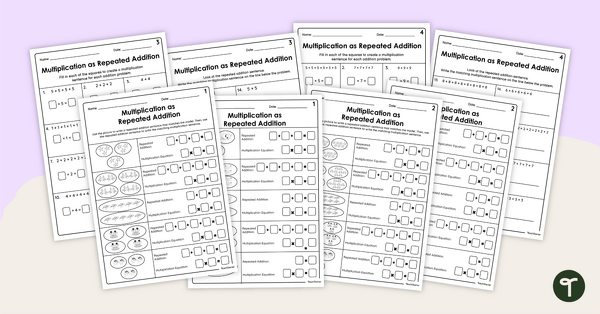
Multiplication as Repeated Addition Worksheet Pack
Strengthen student understanding of multiplication and repeated addition with this worksheet pack designed for year 2 and 3 students.
- Plus Plan
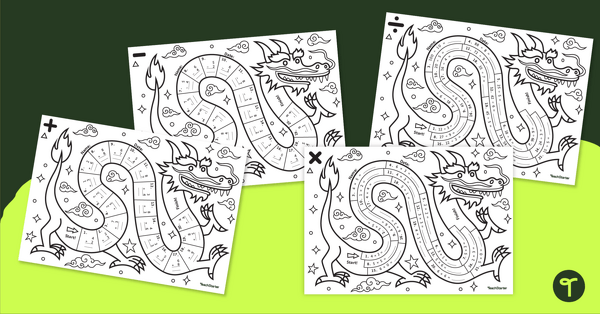
Dominate the Dragon – Mental Maths Worksheets
Capture your students' interest in maths drills for all four operations with these fun dragon-themed differentiated maths worksheets.
- Plus Plan
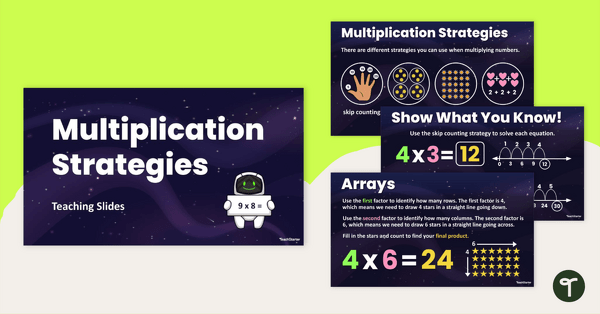
Introduction to Multiplication Strategies Teaching Slides
Introduce your students to different multiplication strategies such as arrays, equal groups, repeated addition and skip counting with this 34-page slide deck.
- Plus Plan
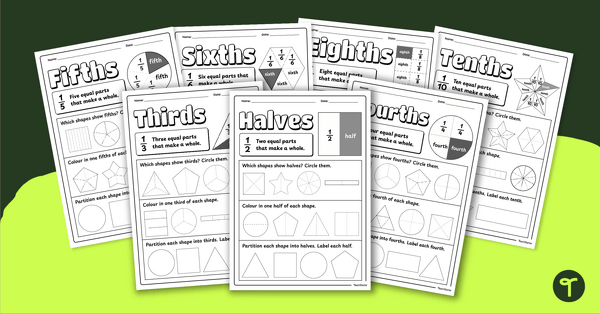
Introduction to Unit Fractions Worksheet Pack
Introduce your students to unit fractions with this set of teacher-created worksheets.
- Plus Plan
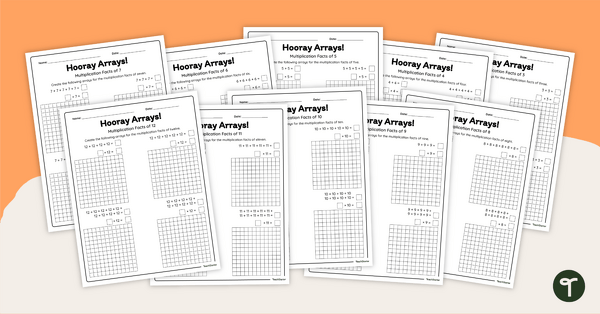
Hooray Arrays! Multiplication Worksheet Pack
Download this set of array worksheets to use when teaching your students how to relate addition and multiplication.
- Plus Plan
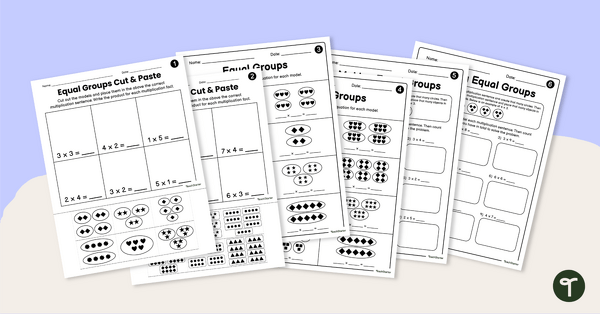
Equal Groups Multiplication Worksheets
Reinforce how to relate equal group models and multiplication with this printable worksheet pack.
- Plus Plan
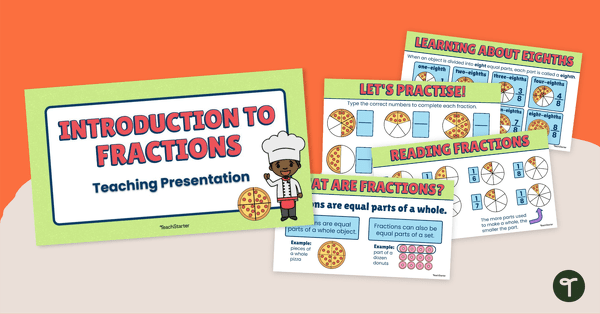
Introduction to Fractions – Interactive Teaching Presentation
Use this teaching presentation to teach your students how to identify the parts of a fraction, determine equal and unequal parts and use numerators and denominators to write fractions.
- Free Plan
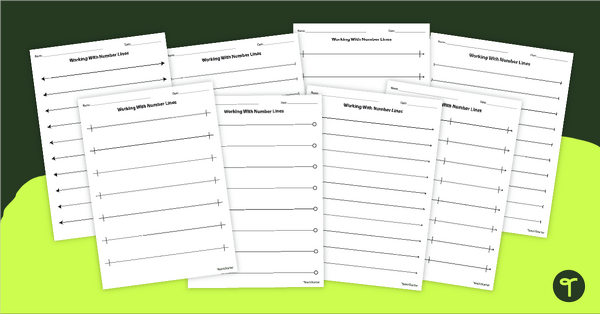
Blank Number Lines - Printable
Print a set of open number lines to help you teach a variety of maths skills.
- Plus Plan
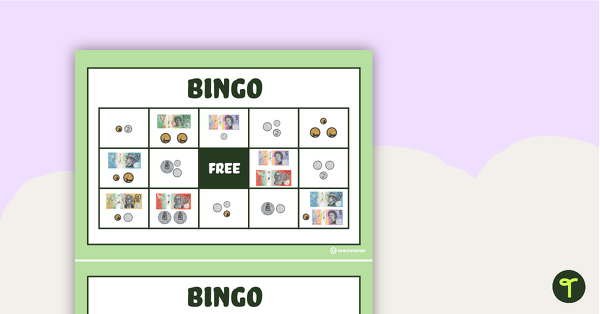
Money Bingo – Australian Currency
32 different bingo cards using notes and coins.
- Plus Plan
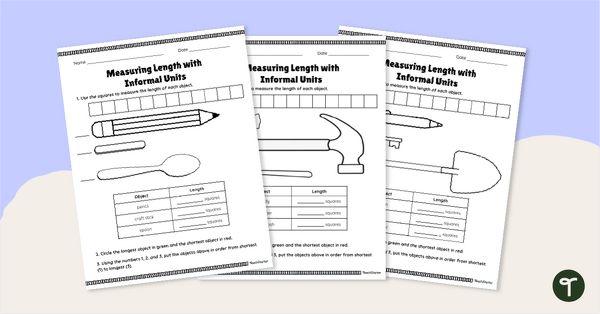
Measuring Length with Informal Units Worksheets
A worksheet to use when learning about measuring length using informal units.
- Plus Plan
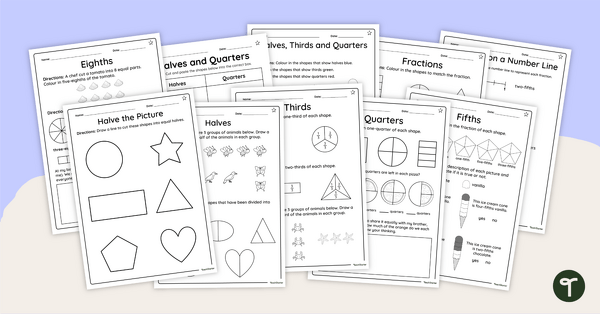
Fractions Worksheet Pack – Differentiated
Practise partitioning shapes, shading in fraction models, representing fractions on a number line and more with this set of differentiated worksheets.
- Plus Plan
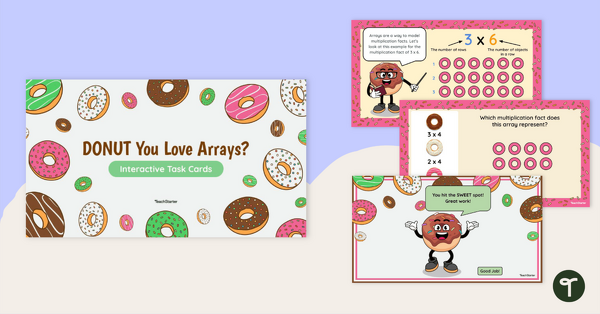
Donut You Love Arrays? Interactive Task Cards
Help your students relate multiplication facts and arrays with this set of 24 interactive task cards.
- Free Plan
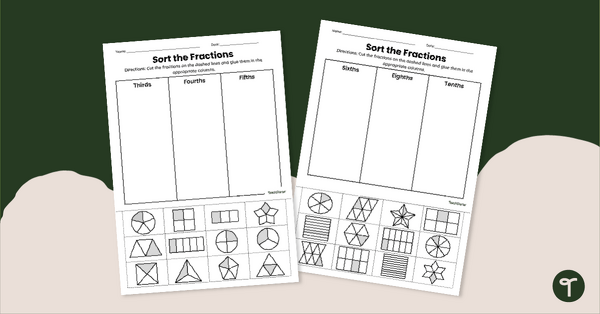
Sorting Unit Fractions Cut and Paste
Sort different unit fraction visualisations with these cut-and-paste unit fraction worksheets.
- Plus Plan
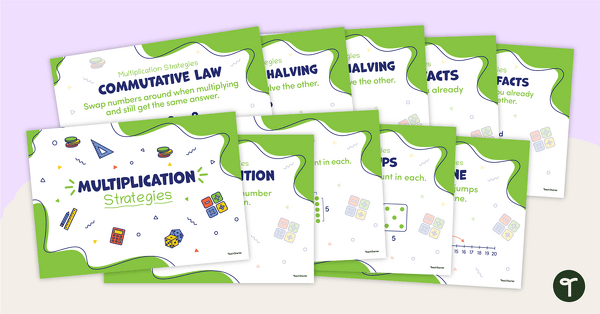
Multiplication Strategies – Classroom Poster Pack
Use this set of posters when teaching different multiplication strategies.
- Plus Plan
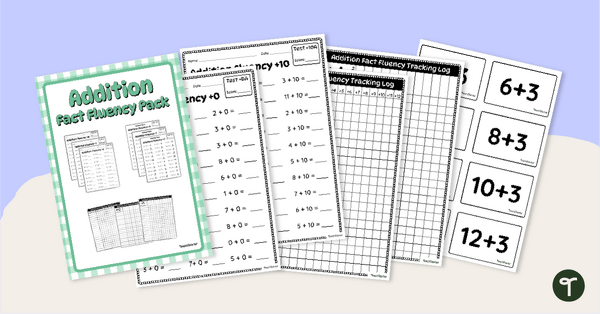
Addition Fact Maths Drills & Progress Trackers
Assess and track addition fact fluency with a printable Number Fact Fluency pack.
- Free Plan
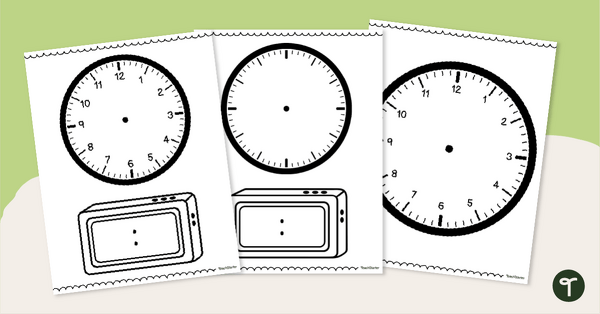
Blank Digital and Analogue Clock Templates
Practise writing the time in digital and analogue form with this set of blank clock faces.
- Plus Plan

Telling the Time Poster
Help your students learn to tell the time to the hour, half-hour, quarter, and minute with a printable Telling the Time anchor chart PDF.
- Plus Plan
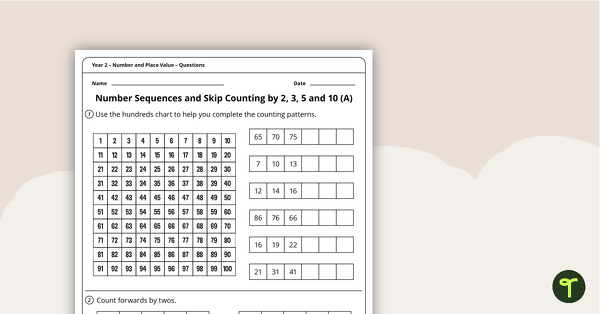
Number and Place Value Worksheets - Year 2
14 number worksheets linked to the Australian Curriculum.
- Plus Plan
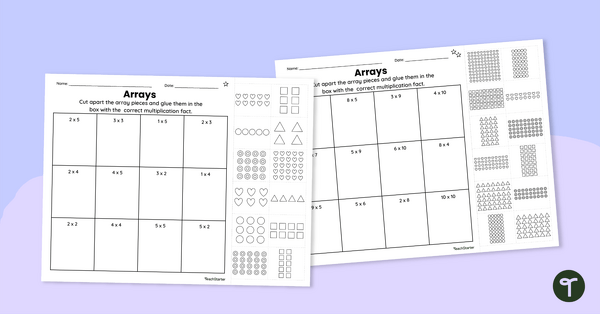
Cut and Paste Array Worksheets
Guide your students to match arrays and multiplication facts with these cut-and-paste worksheets.
- Plus Plan
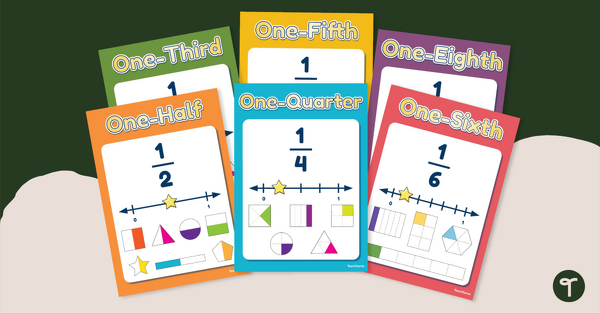
Unit Fractions – Poster Pack
Display unit fraction models with this set of 6 classroom posters.
- Plus Plan
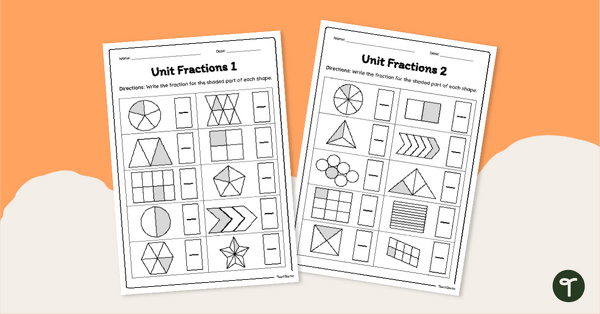
Label the Unit Fraction Worksheets
Label different unit fractions with this set of student worksheets.
- Plus Plan
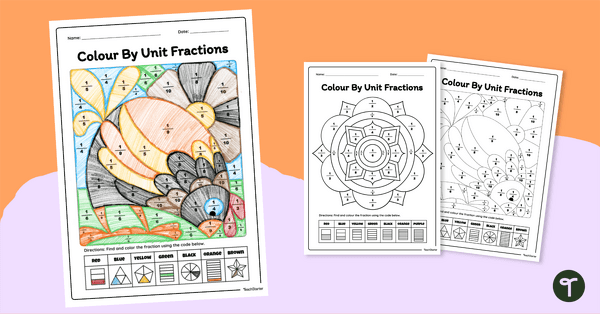
Unit Fraction Colouring Sheet
Crack the colour code and practise unit fractions all while colouring in fun images.
- Plus Plan
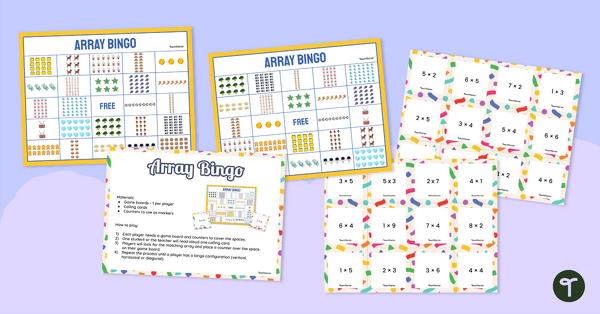
Multiplication With Arrays Bingo
Review how arrays and multiplication facts are related with this whole-class Bingo game.
- Plus Plan
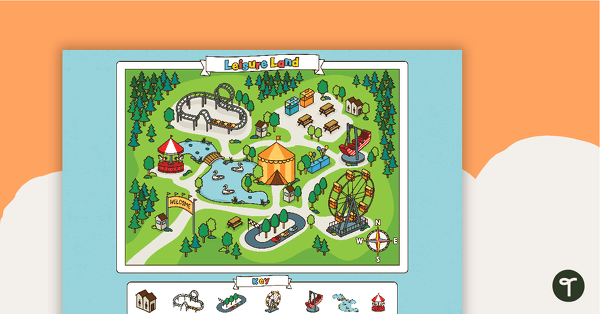
Leisure Land - Map Skills Worksheet
A map and worksheet for students to practice cardinal directions.
- Plus Plan
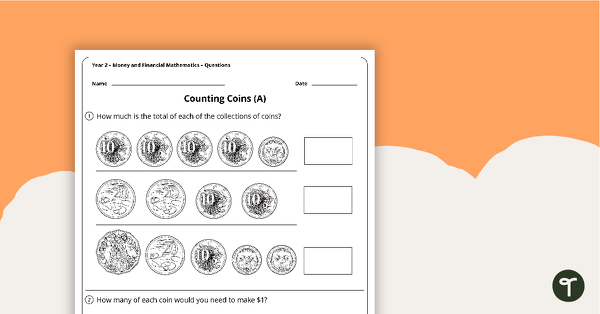
Money and Financial Mathematics Worksheets - Year 2
6 money and financial mathematics worksheets linked to the Australian Curriculum.
- Plus Plan
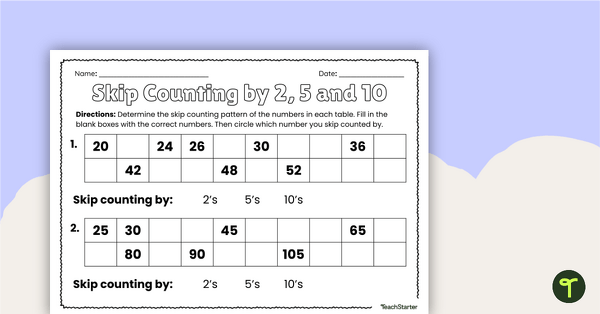
Skip Counting Worksheet — Counting by 2, 5 and 10
Practise counting by 2, 5 and 10 with this skip counting worksheet.
- Plus Plan
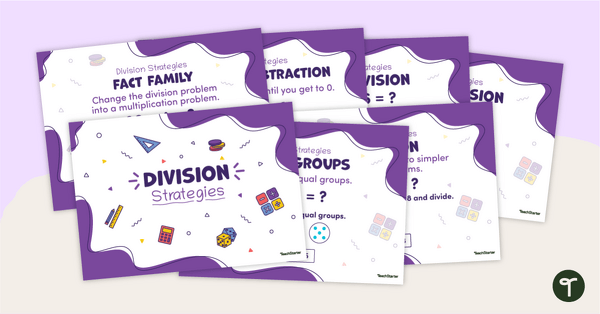
Division Strategies Posters
Use this set of printable classroom posters when teaching different division strategies.
- Free Plan

3D Object Properties - Worksheet
Use this 3D Objects Worksheet to assist your students when learning about the properties of 3D objects.
- Free Plan

Fractions of a Collection – Cut and Paste Worksheets
Use these printables to explore how sets of objects can be partitioned into different fractions.
- Plus Plan
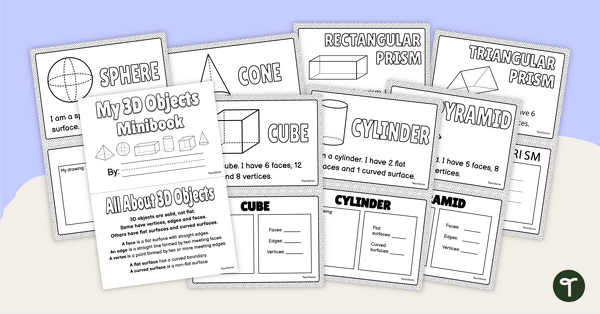
My 3D Object Mini-Book
Explore the properties of some common three-dimensional objects with this printable mini-book.
- Plus Plan
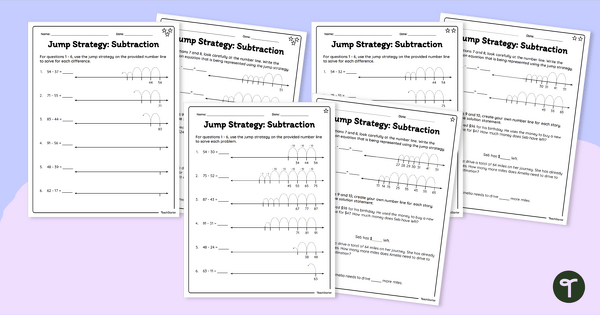
Jump Strategy: Subtraction on a Number LIne – Worksheets
Practice subtracting two-digit numbers with regrouping using a number line and the jump strategy with a pack of differentiated worksheets.